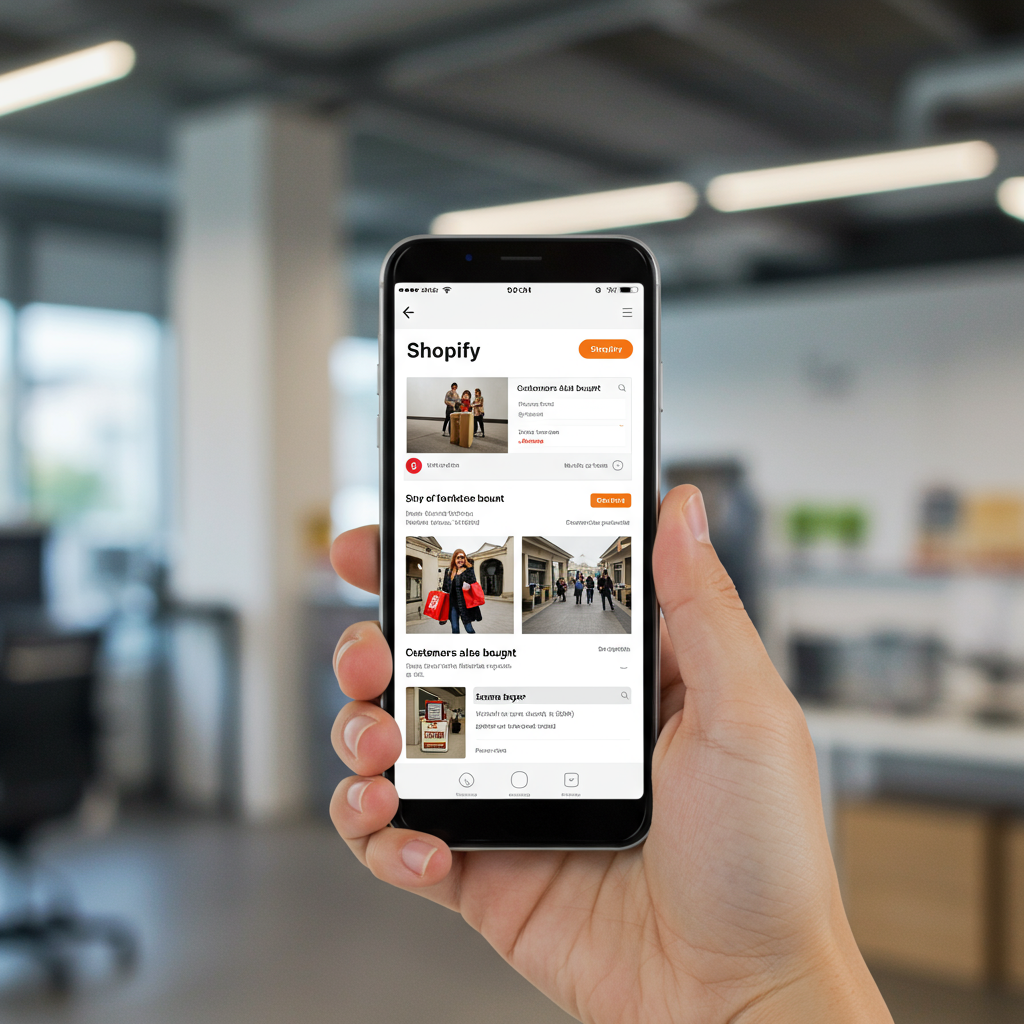Unlock the power of complementary products and elevate your average order value with smart cross-selling strategies on your Shopify store.
As a Shopify merchant, I’m constantly looking for ways to grow my business and maximize every customer interaction. One strategy that has consistently delivered impressive results for me, and one I believe every store owner should master, is cross-selling.
It’s not just about getting new customers; it’s about getting more from the customers you already have. Think about it: acquiring a new customer can be significantly more expensive than selling more to an existing one.
Cross-selling is a powerful technique that allows you to increase your average order value (AOV) by recommending complementary products to your customers.
It’s about enhancing their purchase, making their initial choice even better, or solving an additional need they might have.
For example, if a customer is buying a coffee machine, cross-selling would involve suggesting coffee beans, filters, or a milk frother.
This differs from upselling, which encourages a customer to buy a more expensive or upgraded version of the product they are already considering. Both are valuable, but today, my focus is entirely on cross-selling.
So, why should you, as a Shopify store owner, prioritize cross-selling? The benefits are numerous and directly impact your bottom line.
Firstly, and most obviously, it directly increases your average order value. More items in the cart mean more revenue per transaction.
Secondly, it significantly enhances the customer experience. When done right, cross-selling isn’t pushy; it’s helpful. You’re anticipating their needs and offering solutions they might not have even considered.
This thoughtfulness can lead to greater customer satisfaction and loyalty. Happy customers are repeat customers, and they’re more likely to recommend your store to others.
Thirdly, it improves your return on investment (ROI) for marketing efforts. If you’ve already spent money to bring a customer to your store, getting them to buy more items means you’re getting more value from that initial marketing spend.
It’s about maximizing the lifetime value of each customer, turning a single purchase into a multi-item transaction.
Finally, cross-selling can help you move inventory, especially slower-moving items, by pairing them with popular products.
Now, let’s dive into the practical ‘how-to’ of implementing effective cross-selling strategies on your Shopify store.
The first step is to truly understand your products and, more importantly, your customers. This isn’t guesswork; it’s data analysis.
Look at your past purchase history. What products are frequently bought together? What are common combinations that make sense?
Consider the natural relationships between your products. What accessories are needed? What items complete a set or solve a related problem?
Segment your customers. Different customer groups might respond to different cross-sell offers based on their past behavior or demographics.
Once you have this understanding, you can start implementing specific tactics. The product page is your prime real estate for cross-selling.
I always recommend adding a ‘Customers also bought’ or ‘Frequently bought together’ section. Shopify’s built-in features or apps can help automate this based on purchase data.
Another powerful spot is the cart page. Before a customer checks out, a gentle reminder like ‘Don’t forget these essentials!’ or ‘You might also like…’ can be incredibly effective.
Post-purchase emails are also golden opportunities. After a customer buys a product, you can send a follow-up email suggesting complementary items they might need in the future, or accessories for their new purchase.
Bundling is a fantastic cross-selling technique. Offer a slight discount when customers buy a primary product and its complementary items together as a package. This creates a perception of value.
Leverage Shopify apps for personalized recommendations. Many apps use AI to analyze customer behavior and provide highly relevant suggestions, often outperforming manual recommendations.
Consider using pop-ups or exit-intent offers. If a customer is about to leave your site, a well-timed pop-up offering a relevant cross-sell can sometimes save the sale or increase its value.
Even your ‘Thank You’ page after a purchase can be used. Offer a small, highly relevant cross-sell with a limited-time discount to encourage an immediate second purchase.
When implementing these, remember that relevance is paramount. Don’t recommend a winter coat to someone buying flip-flops. The suggestions must make logical sense to the customer.
Avoid overwhelming your customers with too many options. A few well-chosen, highly relevant suggestions are far more effective than a long list of unrelated items.
Always clearly articulate the value proposition of the cross-sell. How does this additional item benefit the customer or enhance their initial purchase?
Test, test, and test again! A/B test different cross-sell placements, product recommendations, and messaging to see what resonates best with your audience.
What do you think about these strategies? Have you found success with any particular cross-selling tactics on your Shopify store?
Finally, measure your success. Keep an eye on your Average Order Value (AOV), conversion rates for cross-sold items, and the ‘attach rate’ (how often a cross-sell item is purchased with its primary product).
Cross-selling isn’t just an add-on; it’s an integral part of a robust sales strategy for any Shopify merchant. By thoughtfully integrating complementary product recommendations, you’re not just selling more; you’re building stronger relationships with your customers and creating a more valuable shopping experience.
Start small, analyze your data, and iterate. You’ll be amazed at the impact it can have on your store’s profitability.






